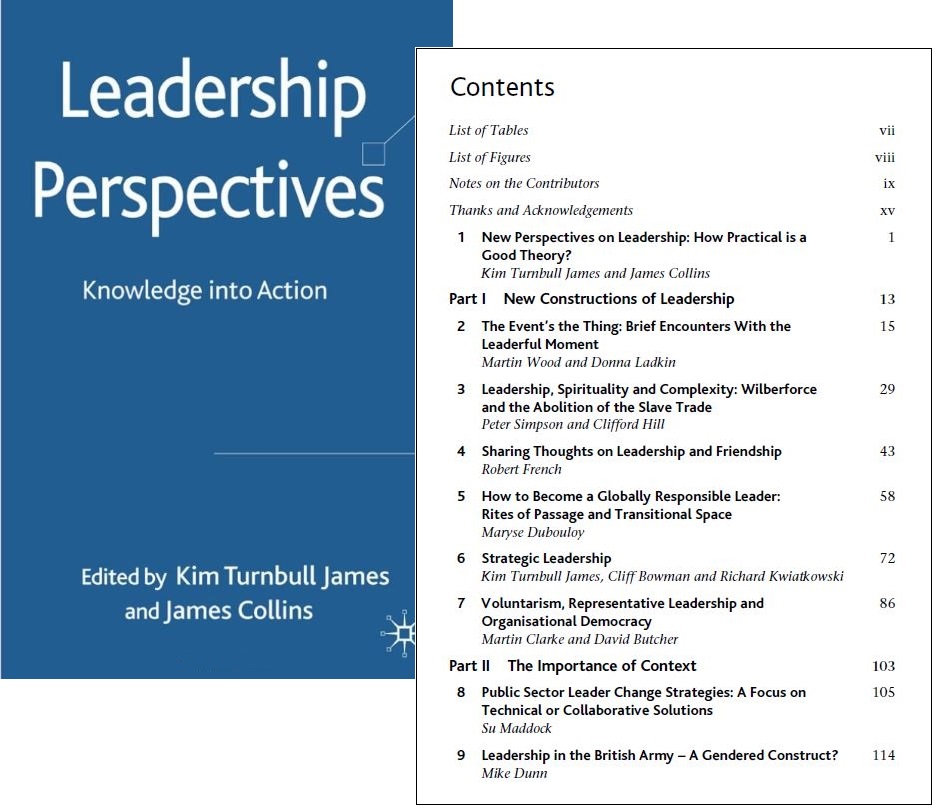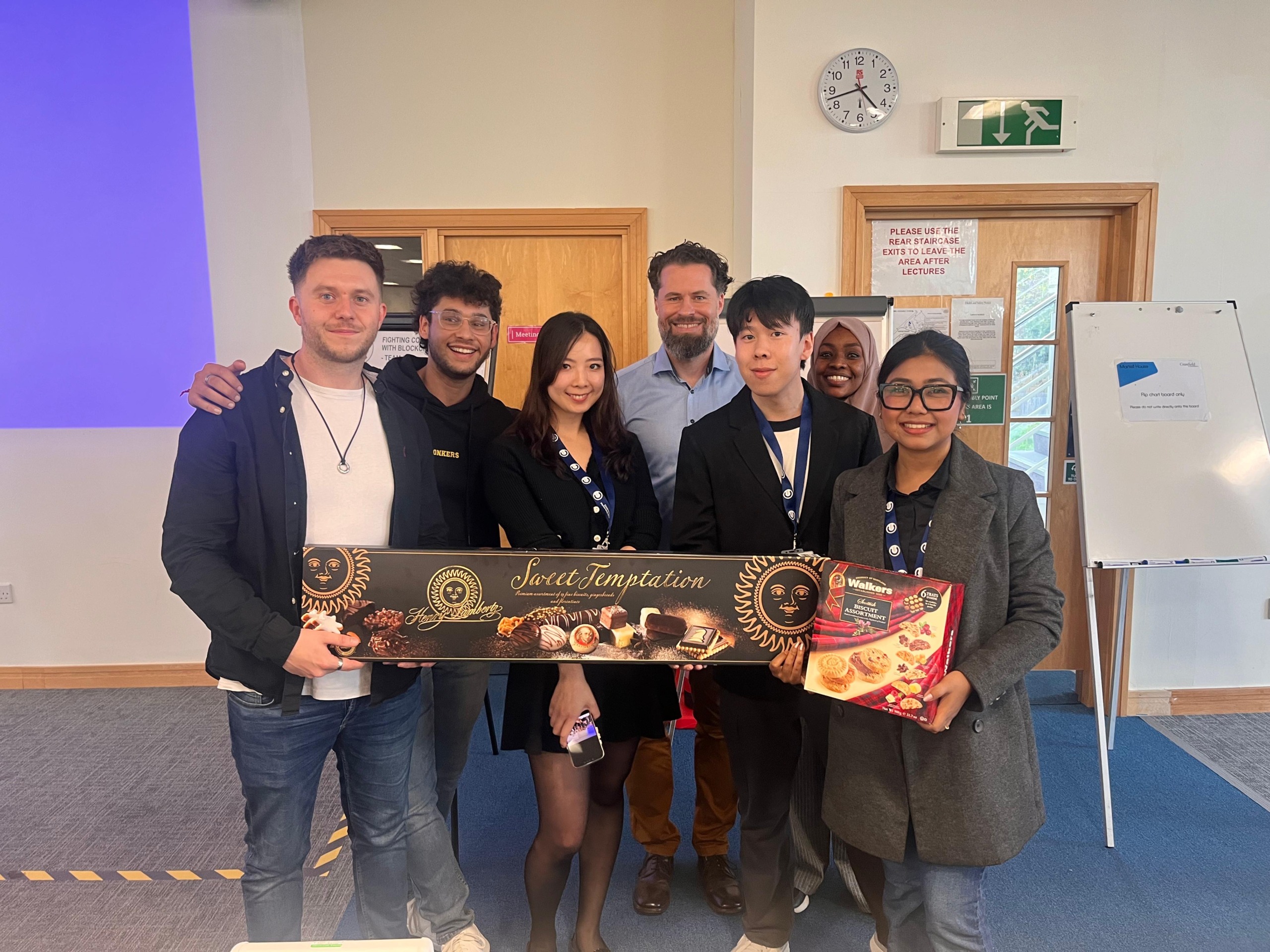How do I reference a book chapter… in the Cranfield Author-date style?
06/07/2015

Many of you might be wondering what the point is to this post. After all, a book’s a book, isn’t it? A chapter is just part of a book, so you just reference the book, don’t you? Simple. Maybe not so simple.
First of all, you need to check the book details to see if the book has authors or editors. If only authors are mentioned, then yes, it’s simple, just reference the book; but if it has editors, things are a little different. Read on…
So how do edited books differ from authored books?
Well, a book with authors was written by those authors. They planned out the content and they wrote the text. An edited book however is different. Within an edited book, each individual chapter has its own author(s) who actually produced the text. The role of the editor(s) is to choose or commission the content and to arrange it into book form.
Have a look at this book below. The people named on the cover are clearly marked as editors, not authors. Then, when you reach the contents page, you can see that each chapter has its own author(s).

When you cite a chapter within an edited book, your reference needs to reflect this. You need to include not only the book details but also the chapter details – so two sets of names will appear.
What should your Author-date reference include?
Your book chapter reference should include:
- Author(s) of the chapter (Surname, Initials)
- (Year of publication)
- ‘Title of chapter – inside single inverted commas’
- ‘in,’ plus editor(s) of book (Surname, Initials) (ed. or eds.)
- Title of book – in italics.
- Place of publication: Publisher,
- Page range.
- (Series, volume number if appropriate).
And how should it look?
So, if we were to reference one of the chapters above in the Author-date style, it would look like this. The text in black is the original book reference, and the surrounding blue text gives the chapter details…
French, R. (2008) ‘Sharing thoughts on leadership and friendship‘, in, James, K. and Collins, J. (eds.) Leadership Perspectives: Knowledge into Action. Basingstoke: Palgrave Macmillan, pp. 43-57.
If your chapter has no author details, follow the example below using the publisher in place of the author:
ASM International (1998) ‘Corrosion characteristics of carbon and alloy steels’, in, Davis, J. R. (ed.) Metals handbook: desk edition. 2nd edn. Cleveland: ASM International, pp. 301-306.
As always if you have any questions about referencing, please contact us.
Feature image from Pixabay. Available at: https://cdn.pixabay.com/photo/2016/06/01/06/26/open-book-1428428_960_720.jpg
Categories & Tags:
Leave a comment on this post:
You might also like…
Setting up a shared group folder in a reference manager
Many of our students are now busy working on their group projects. One easy way to share references amongst a group is to set up group folders in a reference manager like Mendeley or Zotero. ...
Where are they now? From a Women in STEM scholar to a Sustainability Senior Professional
We recently caught up with Karoline, a previous Women in STEM scholar to find out where her scholarship and Cranfield master’s has taken her. How has Cranfield impacted your career? Studying at Cranfield University ...
A transition from working life back to student life, filled with learning, challenges, and rewarding moments
My first term at Cranfield has been filled with learning, new challenges and rewarding moments. Coming in with only a basic understanding of procurement and supply chain management, I knew the first term would ...
Moving with the times: The ‘new-look’ Cranfield Management MSc
For more than a decade, the Cranfield Management MSc has been at the forefront of management education worldwide. Ranked best Management MSc in the UK for value for money and international student experience by ...
Finding company profiles and SWOT analyses
If you are researching a company for a project or job interview, a company profile will be really helpful, as will a SWOT analysis. A profile will give you the basic information you need about ...
Working on your group project? We can help!
When undertaking a group project, typically you'll need to investigate a topic, decide on a methodology for your investigation, gather and collate information and data, share your findings with each other, and then formally report ...






